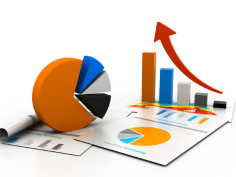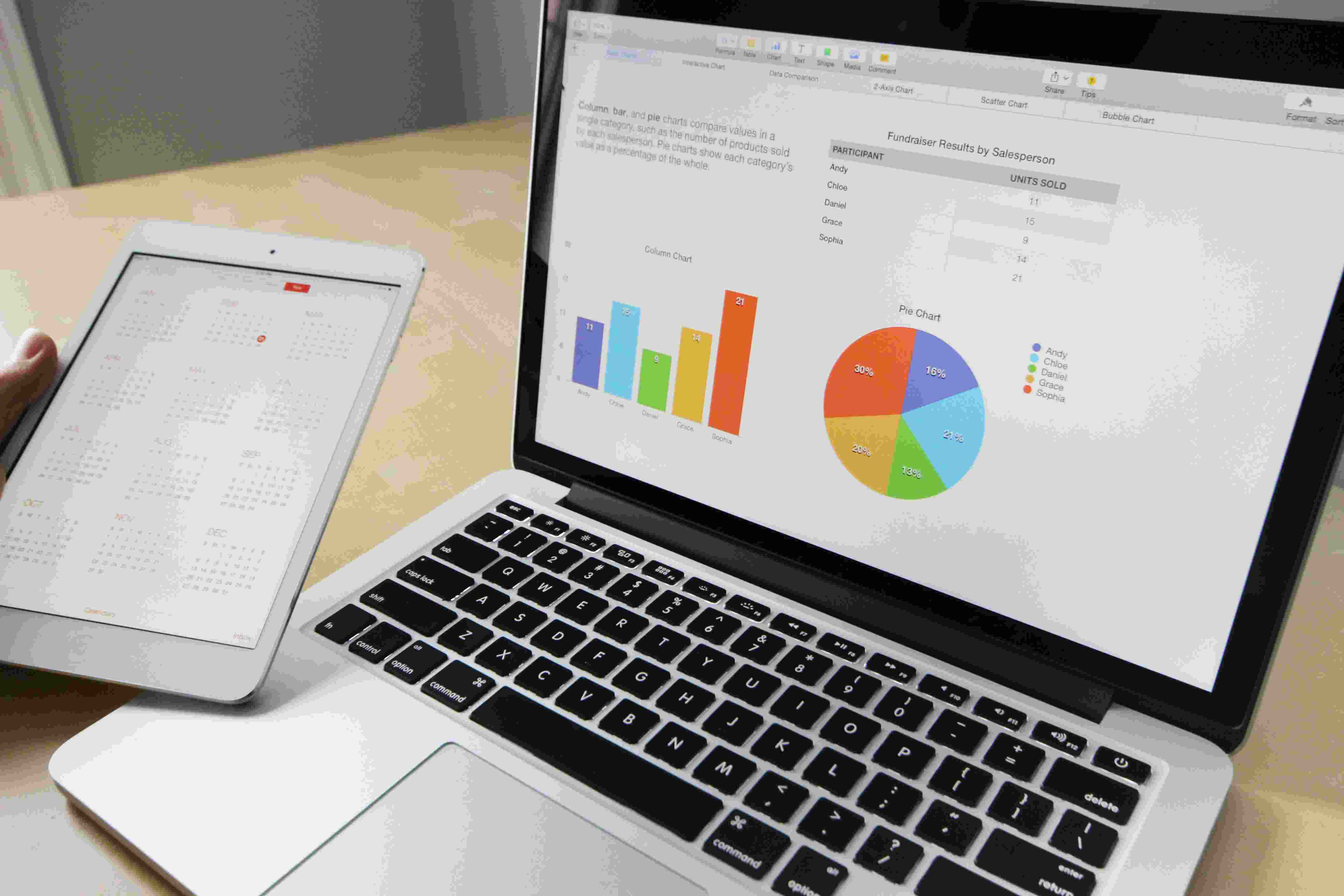The course on Economics is meticulously designed to provide students with a comprehensive understanding of economic principles, data analysis, and the application of statistical tools. The curriculum follows the CBSE guidelines and incorporates NCERT content, ensuring a robust, standardized education. This course aims to prepare students for advanced studies in economics and successful careers in various fields that require economic analysis.
What You'll Acquire:
- Core Economic Knowledge: Gain a solid understanding of key economic concepts, data collection, and analysis techniques.
- Analytical Skills: Learn essential methods for organizing and presenting data, understanding measures of central tendency, and analyzing correlations.
- Practical Applications: Understand how to apply statistical tools to real-world economic problems and scenarios.
- Critical Thinking: Develop the ability to think critically about economic data and its implications for decision-making and policy formulation.
- Structured Curriculum: Follow a well-organized curriculum aligned with NCERT standards to prepare for higher education and professional opportunities in economics.
Who Can Learn: This course is ideal for:
- Recent Graduates: Students who have completed their 10th grade and are looking to specialize in economics.
- Aspiring Economists: Individuals aiming to build a career in economics, data analysis, or related fields.
Comprehensive Curriculum Featuring:
Part I: Foundations of Economics
Chapter 1: Introduction
This chapter explores the fundamental concepts of economics, including definitions, scope, and significance. It provides an overview of different economic systems and introduces basic economic problems.
Chapter 2: Collection of Data
This chapter focuses on the methods and techniques of data collection. It discusses primary and secondary data sources, sampling methods, and the importance of accurate data collection in economic analysis.
Chapter 3: Organisation of Data
Here, students learn about organizing data for analysis. The chapter covers classification, tabulation, and summarization of data, making it easier to interpret and use for economic purposes.
Chapter 4: Presentation of Data
This chapter covers various methods of presenting data, including graphical and tabular formats. It teaches students how to effectively communicate data insights through charts, graphs, and tables.
Chapter 5: Measures of Central Tendency
The focus of this chapter is on the statistical measures of central tendency, such as mean, median, and mode. It explains their calculation, significance, and applications in economic data analysis.
Chapter 6: Correlation
This chapter delves into the concept of correlation and its importance in economics. It explains how to measure and interpret the strength and direction of relationships between economic variables.
Chapter 7: Index Numbers
Students learn about index numbers and their uses in economic analysis. The chapter covers types of index numbers, methods of construction, and their applications in measuring economic performance and inflation.
Chapter 8: Use of Statistical Tools
The final chapter focuses on the practical application of various statistical tools in economics. It includes the use of software and statistical techniques for analyzing economic data and deriving insights.
Exclusive Resources and Materials:
- Interactive Lectures: Engage in dynamic video lectures to enhance your understanding of economic concepts.
- Subject-Specific Assignments: Develop analytical and critical thinking skills through tailored assignments.
- Multiple Choice Questions (MCQs): Reinforce your knowledge with a series of MCQs.
- Short Q&A Sessions: Participate in Q&A sessions to clarify doubts and deepen your understanding.
- Comprehensive Study Material: Access extensive study materials to support your learning journey.
Your Gateway to Economics Excellence: This course serves as your entry point into the world of economics. It aims to equip you with the necessary skills and knowledge to excel in the field. Join us on this educational journey to become an economics expert.
Join Us in This Economics Journey: Thank you for considering the Economics course. We look forward to embarking on this educational journey with you and helping you achieve your career aspirations in economics. See you in the course!






